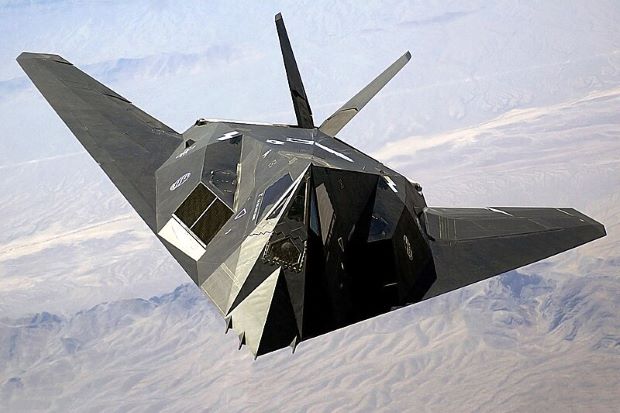The United Nations deadline for the Iraqi withdrawal from Kuwait expired at midnight on this day in 1991, leading to the Pentagon commencing offensive operations to forcibly eject Iraq from its five-month occupation of its oil-rich neighbour.
At 4:30 p.m. EST, the first fighter aircraft were launched from Saudi Arabia and off US and British aircraft carriers in the Persian Gulf on bombing missions over Iraq. All evening, aircraft from the US-led military coalition pounded targets in and around Baghdad as the world watched the events transpire in television footage transmitted live via satellite from Baghdad and elsewhere. At 7:00 p.m., Operation Desert Storm, the code name for the massive US-led offensive against Iraq, was formally announced at the White House.
The operation was conducted by an international coalition under the command of US General Norman Schwarzkopf and featured forces from 42 nations, including Britain, Egypt, France, Saudi Arabia, and Kuwait.
During the next six weeks, the allied force engaged in a massive air war against Iraq’s military and civil infrastructure, and encountered little effective resistance from the Iraqi air force or air defences. Iraqi ground forces were helpless during this stage of the war, and Iraqi leader Saddam Hussein’s only significant retaliatory measure was the launching of SCUD missile attacks against Israel and Saudi Arabia. Saddam hoped that the missile attacks would provoke Israel to enter the conflict, thus dissolving Arab support of the war. At the request of the United States, however, Israel remained out of the war.
On February 24, a massive coalition ground offensive began, and Iraq’s outdated and poorly supplied armed forces were rapidly overwhelmed. Kuwait was liberated in less than four days, and a majority of Iraq’s armed forces surrendered, retreated into Iraq, or were destroyed. On February 28, President George H.W. Bush declared a ceasefire, and Iraq pledged to honour future coalition and UN peace terms. One hundred and twenty-five American soldiers were killed in the Persian Gulf War, with another 21 regarded as missing in action.
On March 20, 2003, a second war between Iraq and a US-led coalition began this time with the stated US objective of removing Saddam Hussein from power and, ostensibly, finding and destroying the country’s weapons of mass destruction. Hussein was captured by a US military unit on December 13, 2003, and was executed three years later. No weapons of mass destruction were ever found.
-history.com
Photo Caption – The USAF F-117 Nighthawk, one of the key aircraft used in Operation Desert Storm – defenselink.mil



Comments are closed, but trackbacks and pingbacks are open.